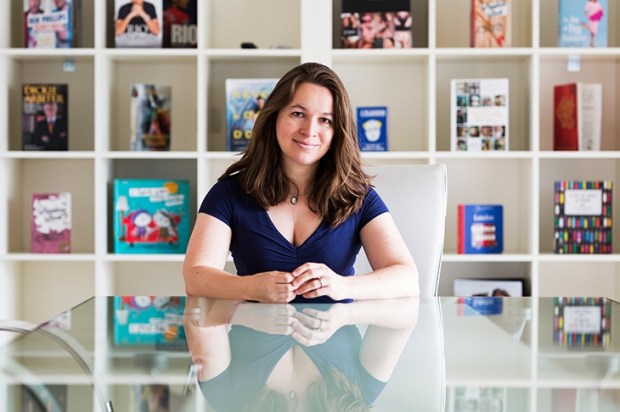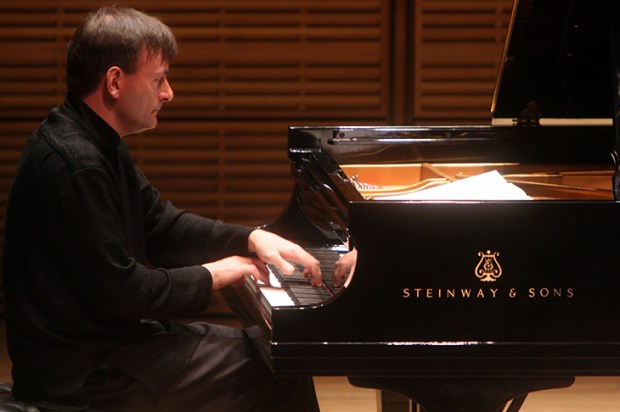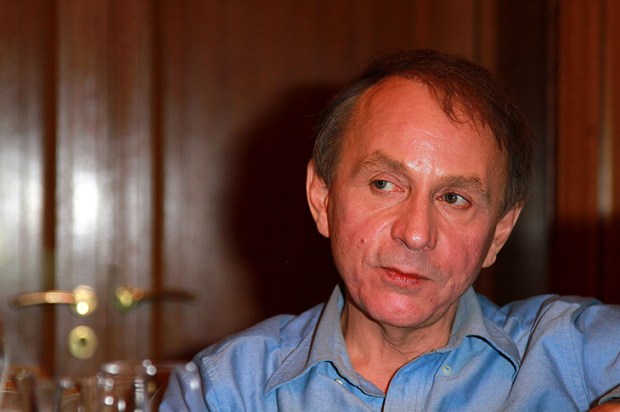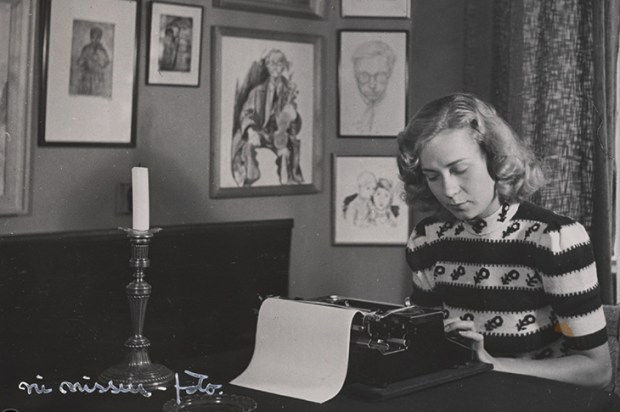Medical training is a process of toughening up: take iron that’s vulnerable to rust, add carbon and make steel. That’s the hope. In a large university lecture hall, I remember a consultant standing in front of a PowerPoint slide showing two triangles, one widening to its base, the other tapering to a point. They represented how our clinical knowledge would expand with time, while our compassion would very probably diminish. It was a warning, but one delivered with a tone of inevitability. As a student I deeply resented this idea, but also worried it might prove necessary for survival.
Doctors and their patients are surprised when training’s protection proves not to be that of an alloy but rather a metal paint that can be scratched and worn away. Joanna Cannon realised in her first year of hospital work that her stethoscope was no ‘talisman’ against a breakdown, but rather a ‘risk factor’. Despite the traditional ideal of the unruffled physician, doctors are often overwhelmed by the interplay of their personal lives and professional encounters. ‘Burn out is an unlikely phrase,’ Cannon writes, ‘because it implies the effects are loud and obvious, raging like a fire for everyone to see.’ For her, it was a slow and silent corrosion.
Cannon started medical school in her thirties, ambitious to become a psychiatrist, having left school at 15 with only one O-level. She was the ‘wild card’ in her year. There are two kinds of doctor, she was told: white coats (who live for the science) and cardigans (who love the people). Cannon identified as a thoroughbred cardigan.
Breaking and Mending is a brilliant observation of hospital life. Like a small town, there are shops, a bank, cafés, a hairdresser, and also local code words and customs to learn. When a porter is called to collect a ‘package for Rose Cottage’, it’s a body for the mortuary. ‘The hospital at night is a different country,’ writes Cannon; a muffled peace comes over the corridors, but this is ‘just a smokescreen, and buried somewhere in that silence there is a never-ending sound of small tragedies’.
Cannon’s first set of night shifts is beset by the usual nauseating fear, made infinitely worse when her registrar sneaks out of the hospital at 2 a.m. to catch a flight to Amsterdam. Cannon is left holding the bleep she’s meant to call in an emergency. The scenes that follow make for painful reading.
Each short chapter illustrates her attention to the mundane and profound aspects of caregiving. Gill was a woman the same age as Cannon with a similar life story, other than that she had metastatic breast cancer. Reflecting on her role in Gill’s treatment, Cannon noticed how inserting a cannula just below the wrist (for IV medications and fluids) is usually a routine, satisfying job, but also a tender one because ‘you need to hold the patient’s hand’. But over time viable veins are exhausted, and patients come to resent each attempt accompanied by a doctor saying ‘sharp scratch’. One day Gill refuses to continue. Cannon sits with her as she dies, and is reduced to tears at the end, overcome with shame for this apparent failure of professionalism.
Despite the intricate, skilful telling of these stories, Breaking and Mending reinforces a pernicious and well-peddled myth: doctors who care most are the ones who burn out. Cannon writes:
I was always told that compassion is a wonderful thing, something to be desired and applauded. But compassion will eat away at you… you will find that the cloth from which you are cut will begin to suffocate you.
She witnessed many tragedies like Gill’s, and felt ‘it was inevitable that the weight of those people proved too much to bear’. While she buckled (‘I barely ate. I hardly slept. I lost vast amounts of weight’), her colleagues — described as the science-loving white-coat types — appeared to ‘march through their work with what seemed like the smallest of efforts’.
While this may be Cannon’s experience, she’s wrong to suggest it’s a general truth. Suspending disbelief about whether compassion is a measurable trait, research (most recently, an interesting but questionably entitled book, Compassion-omics) points instead to compassion being inversely related to, and therefore protective against, burnout. Certainly it’s harder to be compassionate when you’re time-stretched, but doctors who show they care may be caring for themselves as well.
The determining predictor of burnout, however, is clearly neither compassion nor the lack of it. It’s a much less poetic cluster of systemic variables that shape a junior doctor’s day, many of which Cannon’s book includes: whether or not there’s time for a vending machine lunch; quite how bad the rota’s gaping holes are; if working in yet another hospital means living far from partners and families; having seniors who insist on stoking a culture of bullying and humiliation. These daily abrasions are surely not unique to medicine, but they are anomalous among professionals who undergo such intense academic training, and on whom we rely to protect our most precious asset.
Got something to add? Join the discussion and comment below.
Get 10 issues for just $10
Subscribe to The Spectator Australia today for the next 10 magazine issues, plus full online access, for just $10.
You might disagree with half of it, but you’ll enjoy reading all of it. Try your first month for free, then just $2 a week for the remainder of your first year.














Comments
Don't miss out
Join the conversation with other Spectator Australia readers. Subscribe to leave a comment.
SUBSCRIBEAlready a subscriber? Log in